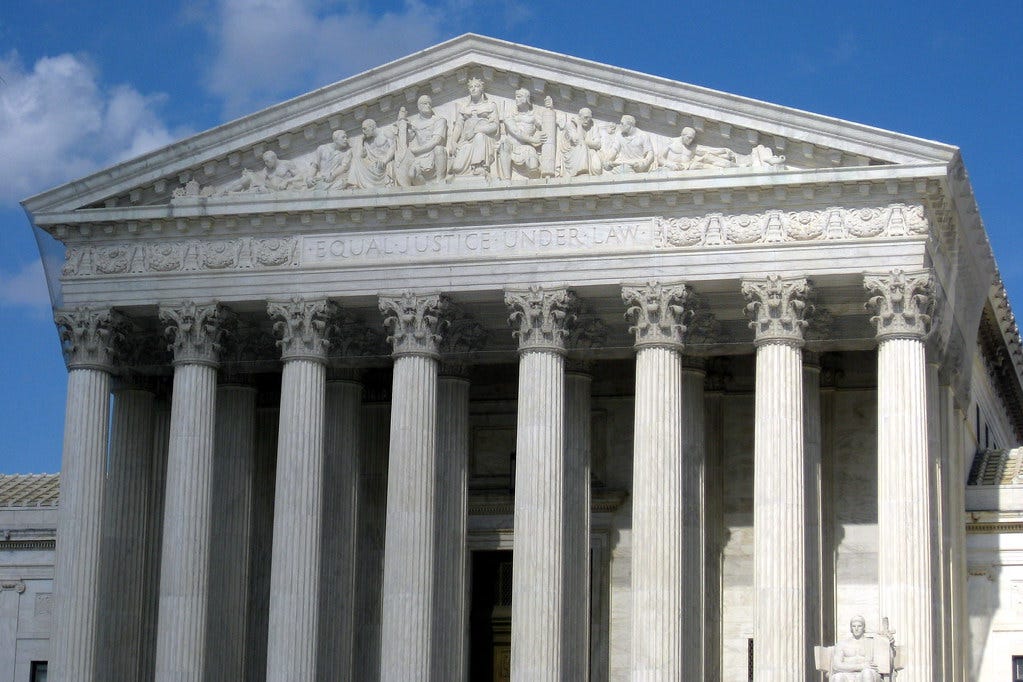Science underpins almost every aspect of our daily lives, and we rely on the scientific expertise in our federal government agencies to protect and promote our health and wellbeing. From the air we breathe to the safety of the food we eat, the drugs we take, and the products we use, agency scientists have been the vanguards of safeguarding public health, worker safety, and protecting the environment.
For over 40 years, disputes about an agency’s rules have been governed by the Chevron Doctrine, which basically states that if federal legislation is ambiguous or silent on an issue, the courts must defer to the regulatory agency’s interpretation of the legislation if the interpretation is reasonable. In other words, the scientific expertise in our regulatory agencies “trumps” what the judges and courts might opine about the science. In June of this year, the U.S. Supreme Court (SCOTUS) upended this precedent in Loper Bright Enterprises v Raimondo which gives federal judges the power to decide matters of science and when and how agencies can regulate. In a vigorous dissent, Justice Elena Kagan summed it up: “In one fell swoop, the majority today gives itself exclusive power over every open issue—no matter how expertise-driven or policy-laden—involving the meaning of regulatory law. Read the full dissent here; it’s worth it.”
This ruling is not surprising, given that three of the sitting justices were appointed by former President Trump, thus giving SCOTUS a six-member conservative majority). And with no term limits for Supreme Court justices, there is every reason to worry (see more here). Adding to the worry: regulated industry has seldom seen a regulation it likes. Industry repeatedly argues that the cost of regulatory compliance is too high, the benefits to society don’t justify the investment, or the regulations will cost jobs (see here).
Real World Consequences
This new SCOTUS decision further weakens the authority and power of our federal regulatory agencies to protect our health, safety, and environment. It follows its 2022 decision in West Virginia v Environmental Protection Agency which surfaced a novel principle called the Major Questions Doctrine. The decision limits the power of administrative agencies to act on matters of significant economic or political importance unless clearly authorized by Congress. Read more about it here.
Even under the best of circumstances, federal regulations can be years in the making. These new SCOTUS decisions will further delay needed action and widen an already open door for corporations and interest groups to challenge agency policies. We will have lay judges substituting their views for those of agency career scientists, further blurring the lines between the executive and judicial branches of government. As Justice Kagan says in her dissent: “When does an alpha amino acid polymer qualify as a ‘protein?”…I don’t know many judges who would feel confident resolving that issue.” But you can bet there are agency scientists who could.
The editors of Scientific American also just weighed with their piece titled A Supreme Betrayal of Justice, and the lead-in “Recent rulings of the Supreme Court undermine the role of evidence, expertise and honesty in American democracy.” In a brief and powerful article, the editors note the court’s ”remarkable spree against history and reality, ignoring or eliding facts in decisions” and concludes that “the court’s majority have broken their oath, made both to the Constitution and the American people.”
ASK YOURSELF
Are courts best placed to decide if masks are needed in an epidemic? Are courts the best decision-makers on whether a drug is safe and effective? A vaccine? A medical device? How about occupational and environmental exposures? What is a safe exposure level? How much exposure is too much? It seems like the answer to those questions should be determined by careful evaluation of the weight of evidence from dose-response and epidemiological studies and informed by community input and experience (as agencies do). Not by judges with no expertise in the field but with no shortage of opinions. And what about the consistency of the application of scientific evidence? Should it hinge on which judge hears the case or be worked out in the scientific process?
Bottom Line
As both a public health and science advocate, I was prompted to pen this short blog after reading a recent article by Gostin and Radhakrishnan in the Journal of the American Medical Association (JAMA) – The Supreme Court Disempowers Public Health Agencies and Devalues Science. This lead me to other writing on the topic. I was already worried about the upcoming elections, Project 2025, and previous calls and promises to derail the “deep” or “administrative state.” Not to mention what the Supreme Court has already done to erode reproductive rights and voting rights. My reading frenzy did not give me much peace of mind, thought it did make me enormously grateful for the dedicated people who follow and write about these threats to science and democracy. I was also better informed and further inspired to speak up for science and DO SOMETHING. See a couple of my previous posts on what we can do (here, here).
What do you think? Add your reflections and ideas and DO SOMETHING! Please leave any suggestions in the comments. Thanks for reading.
That’s it for today - Thank you so much for reading SciLight!
If you enjoyed today’s post, please like it or share it with others. You can also support the work we do to shine a light on the politicization of science by becoming a paid subscriber!
If you want to share today’s post as a web page with your network, click this button:
If you have suggestions, questions, comments, or want to drop us a line - send it all to scilightsubstack@gmail.com





Well written.